Search conditions
Category
Area
Central Hokkaido
- Sapporo/Jozankei
- Sapporo Hitsujigaoka Observation Hill, Mount Moiwa, Hoheikyo Dam, etc.
- Area around Sapporo
- Lake Shikotsu, Northern Horse Park, Lake Katsurazawa, etc.
- Area around Otaru, Niseko
- Otaru Canal, Shakotan Peninsula, Mount Yotei, outdoor experiences, etc.
- Area around Toya, Noboribetsu, and Hidaka
- Lake Toya, Mount Usu, Jigokudani, Cape Erimo, etc.
Southern Hokkaido
- Hakodate, area around Hakodate
- Mount Hakodate, Hakodate morning market, Goryokaku Park, Onuma Quasi-National Park
- Matsumae, Esashi, Okushiri
- Matsumae Castle, Former Nakamura Family Merchant House, Okushiri Island
Northern Hokkaido
- Asahikawa, Sounkyo, Tenninkyo
- Asahiyama Zoo, Kurodake, Asahidake, Tohma Limestone Cave, etc.
- Area around Furano, Biei
- Lavender Farm, Blue Pond, Unkai Terrace, etc.
- Wakkanai, Rishiri, Rebun, Rumoi
- Cape Soya, Path of White Shells, Rebun Island, Rishiri Island, Kunimare Sake Brewery, etc.
Eastern Hokkaido
- Shiretoko, Abashiri, Monbetsu
- Shiretoko Five Lakes, whale watching, drift ice, Abashiri Prison Museum, Road to the Sky, etc.
- Tokachi, Obihiro
- Gardens, Mikuni Pass, Lake Shikaribetsu, Lake Onneto, etc.
- Kushiro, Lake Akan, Lake Mashu, Nemuro
- Kushiroshitsugen National Park, Lake Akan, Lake Mashu, Lake Kussharo, Cape Nosappu, etc.
Distance
検索結果
We found 24 results
- Sort by
- Popularity
- Last Updated Date
- The Closest Location
- Lake Akan
- A caldera lake formed by a volcanic eruption about 150,000 years ago. Four islands—Oshima, K…
-
- Kushiro, Lake Akan, Lake Mashu, Nemuro
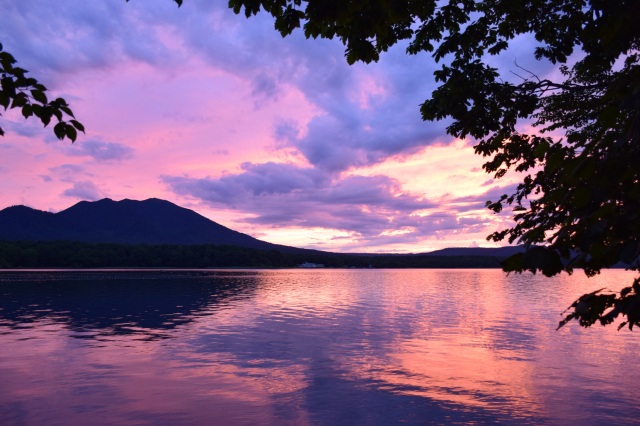
- detail_10044.html
- Kamui Cape
- Kamui Cape, jutting into the sea from the northwestern part of Shakotan Peninsula, is a cape surro…
-
- Area around Otaru, Niseko
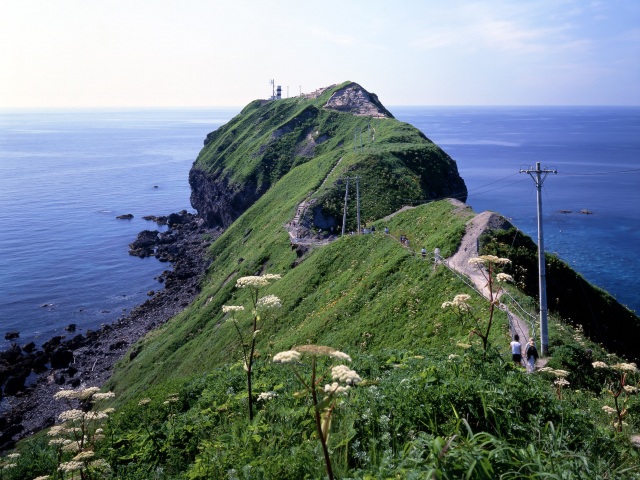
- detail_10342.html
- Akanko Ainu Kotan
- Located in a corner of the Lake Akan hot spring resort area, "Akanko Ainu Kotan" is one …
-
- Kushiro, Lake Akan, Lake Mashu, Nemuro
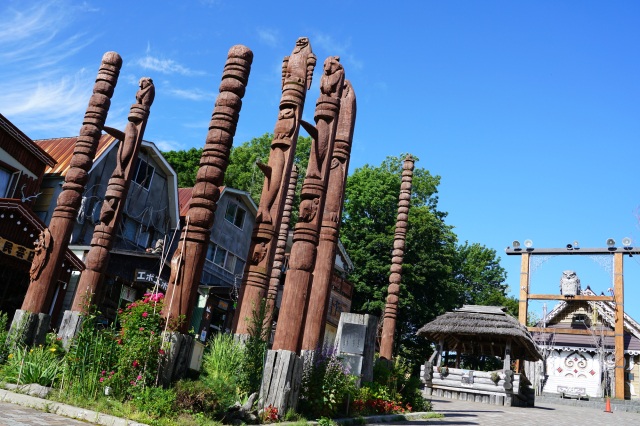
- detail_10122.html
- Upopoy National Ainu Museum and Park
- Nestled along the serene shores of Lake Poroto, Upopoy—meaning “singing in a large gro…
-
- Area around Toya, Noboribetsu, and Hidaka
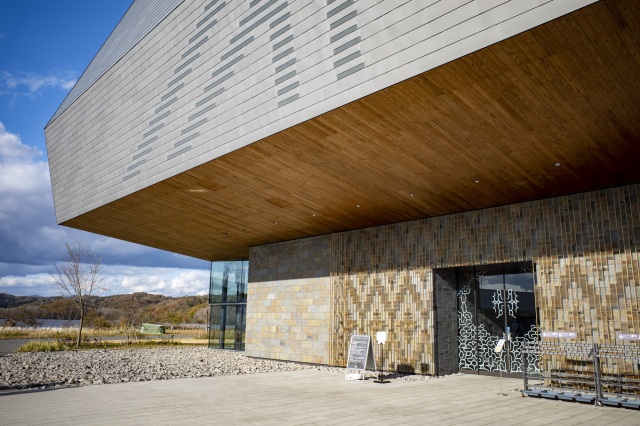
- detail_10515.html
- The Ainu Culture Promotion Center - Sapporo Pirikakotan
- The Ainu Culture Promotion Center, also known as the Sapporo Pirka Kotan (which means “beaut…
-
- Sapporo/Jozankei
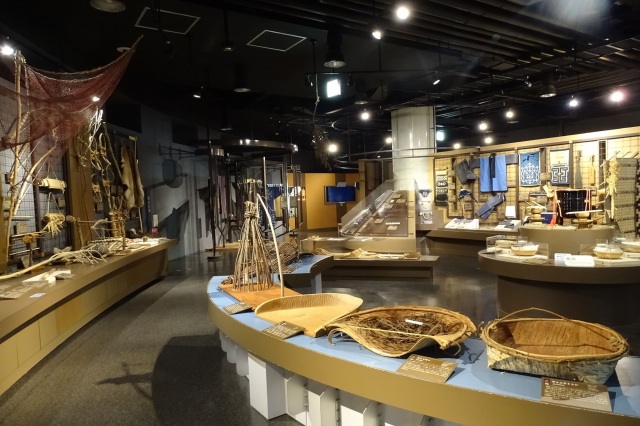
- detail_11451.html
- Kamuy Kotan
- Kamuy Kotan, meaning "kamuy (god) kotan (dwelling place)" in Ainu language, was selected…
-
- Asahikawa, Sounkyo, Tenninkyo
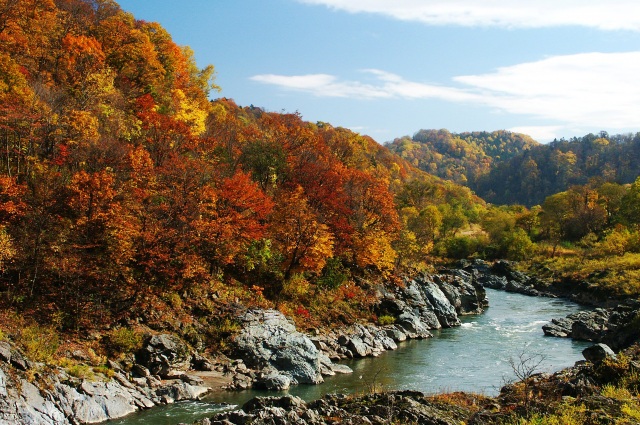
- detail_10230.html
- World Natural Heritage Site, Shiretoko
- Located in eastern Hokkaido, Shiretoko features mountains over 1,000 meters high running through t…
-
- Shiretoko, Abashiri, Monbetsu
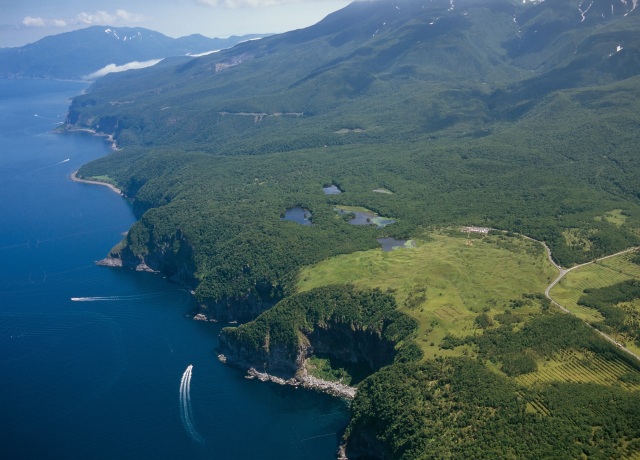
- detail_10048.html
- Nibutani Ainu Culture Museum
- Located in Nibutani Kotan, a community dedicated to preserving Ainu heritage, this museum offers a…
-
- Area around Toya, Noboribetsu, and Hidaka
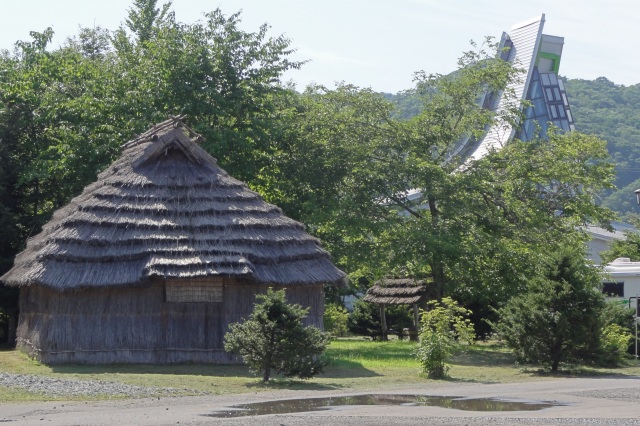
- detail_10437.html
- Akanko Ainu Theater Ikor
- Akanko Ainu Theater Ikor invites you to experience the living soul of Hokkaido’s indigenous …
-
- Kushiro, Lake Akan, Lake Mashu, Nemuro
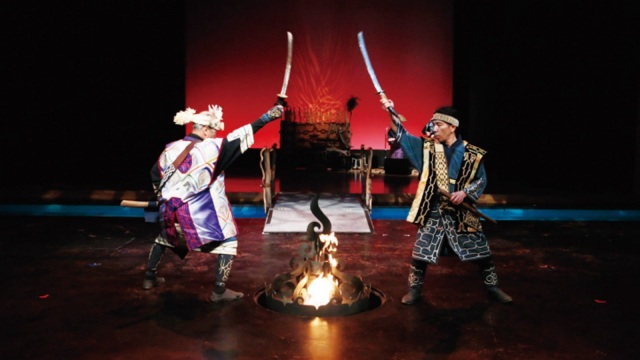
- detail_11317.html
- Asahikawa City Museum
- The early history of humankind in the Kamikawa basin in Hokkaido can be traced back approximately …
-
- Asahikawa, Sounkyo, Tenninkyo

- detail_11441.html
- Hokkaido Museum of Northern Peoples
- Come to the Hokkaido Museum of Northern Peoples to learn about life in northern climates throughou…
-
- Shiretoko, Abashiri, Monbetsu
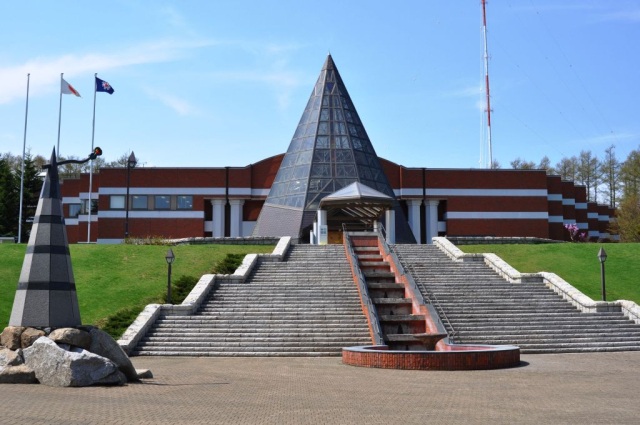
- detail_10136.html
- Kamuiwakka Hot Falls
- A secluded spot in Shiretoko where hot springs gushing from the mid-slope of the active volcano Mt…
-
- Shiretoko, Abashiri, Monbetsu
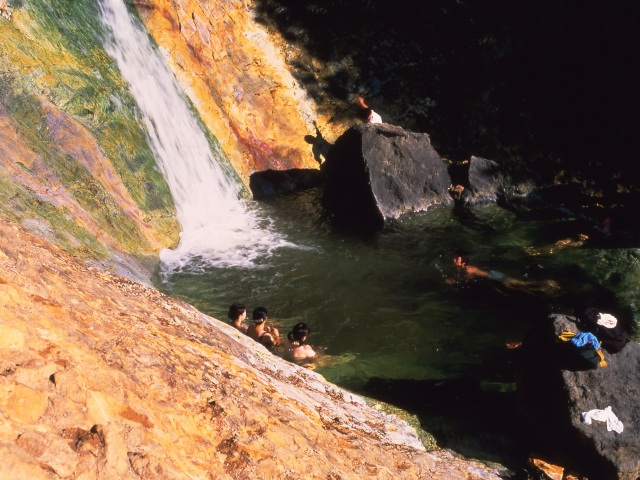
- detail_10412.html
- Hakodate Jomon Culture Center (National Treasure hollow cl…
- Exhibiting artifacts from Japan’s prehistoric age, the Hakodate Jomon Culture Center brings …
-
- Hakodate, area around Hakodate
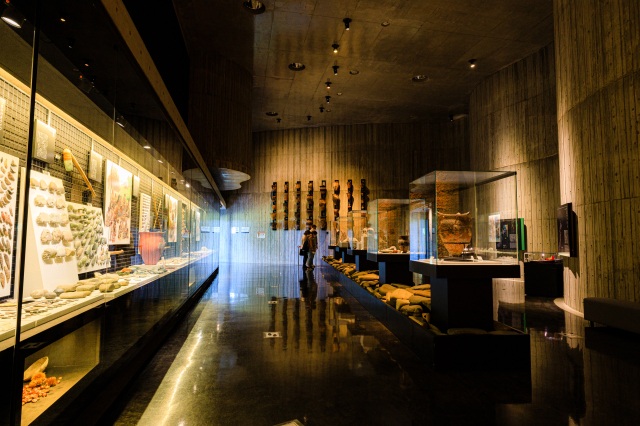
- detail_10512.html
- Kushiro City Museum
- This museum is a treasure trove of discovery, with exciting modern displays arranged around the ce…
-
- Kushiro, Lake Akan, Lake Mashu, Nemuro
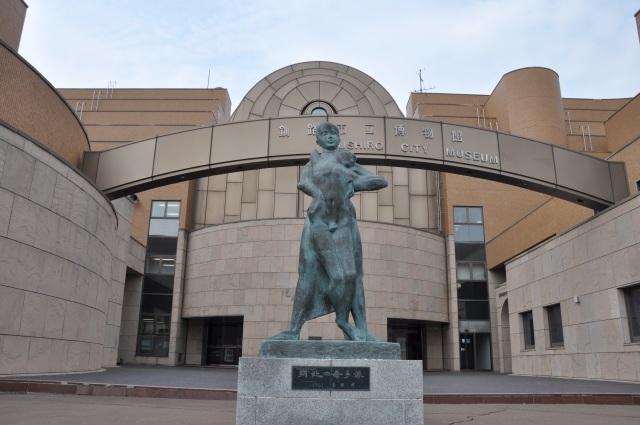
- detail_10064.html
- Kawamura Kaneto Ainu Memorial Museum
- Japan’s oldest Ainu (Hokkaido’s indigenous population) memorial hall, the Kawamura Kan…
-
- Asahikawa, Sounkyo, Tenninkyo
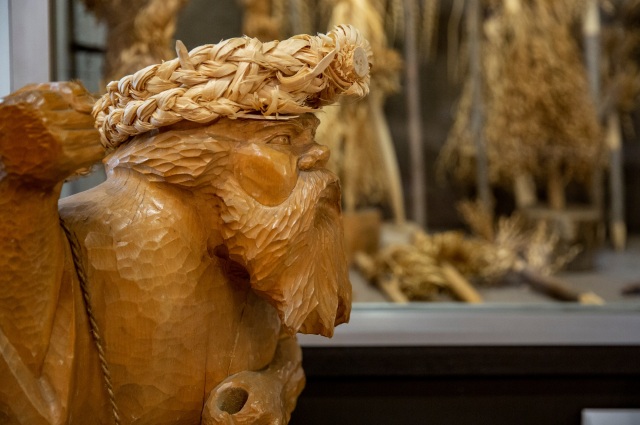
- detail_10229.html
- Kitakogane Jomon Archaeological Site
- This well-preserved archaeological site dates back to the early Jomon period (5,000 to 3,500 BCE) …
-
- Area around Toya, Noboribetsu, and Hidaka
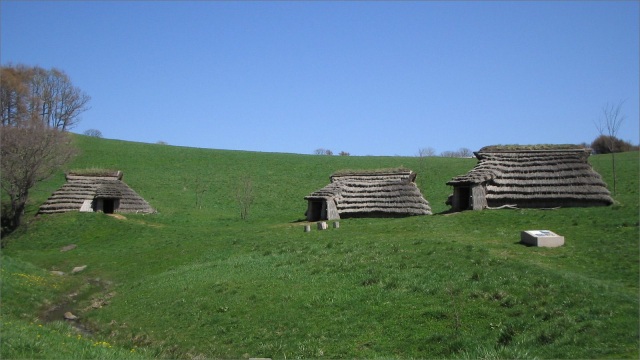
- detail_11316.html
- Kakinoshima Site
- Come and visit this important archaeological site, overlooking the Pacific Ocean! As you will disc…
-
- Hakodate, area around Hakodate
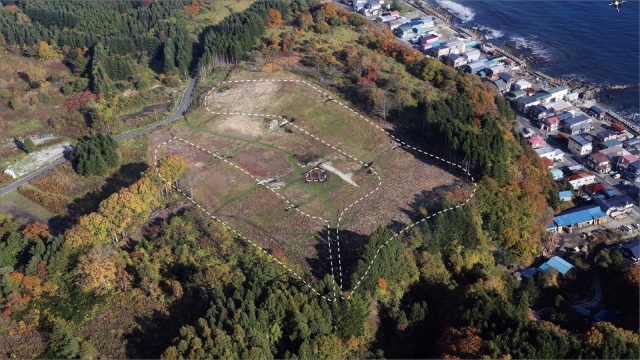
- detail_11257.html
- Ofune Site
- Located in Hakodate, Hokkaido, the Ofune Archeological Site is a large Jomon settlement dating bac…
-
- Hakodate, area around Hakodate
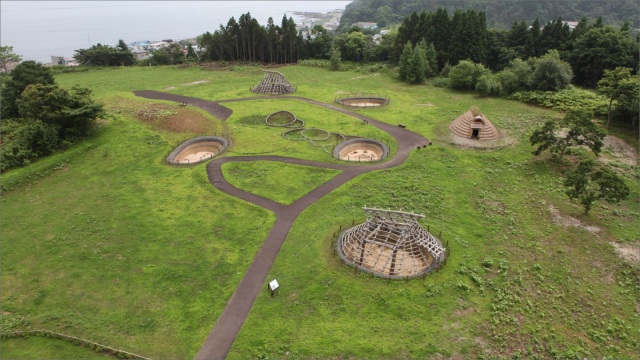
- detail_11315.html
- Shiretoko Goko Lakes
- Shiretoko Goko, one of the Shiretoko Eight Sights, is a series of five enchanting lakes surrounded…
-
- Shiretoko, Abashiri, Monbetsu
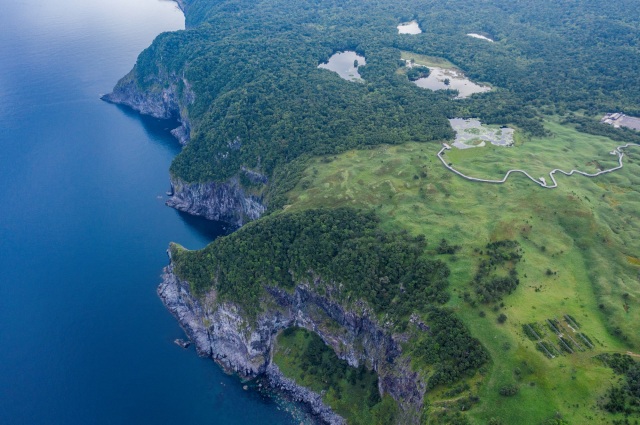
- detail_10404.html
- Hakodate City Museum of Northern Peoples
- This museum displays fascinating artifacts relating to the northern peoples of Hokkaido, including…
-
- Hakodate, area around Hakodate
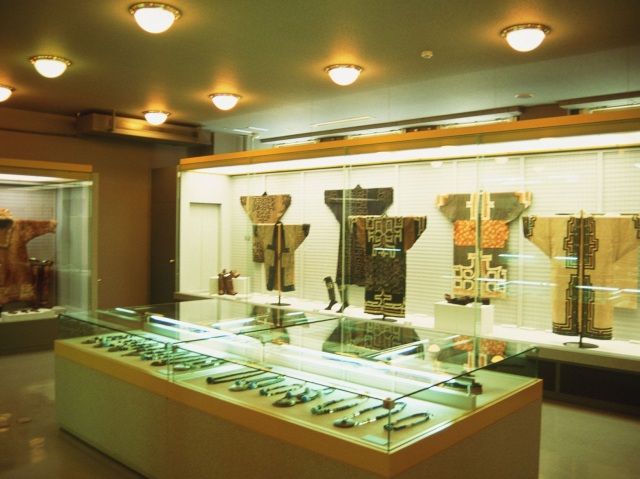
- detail_10093.html